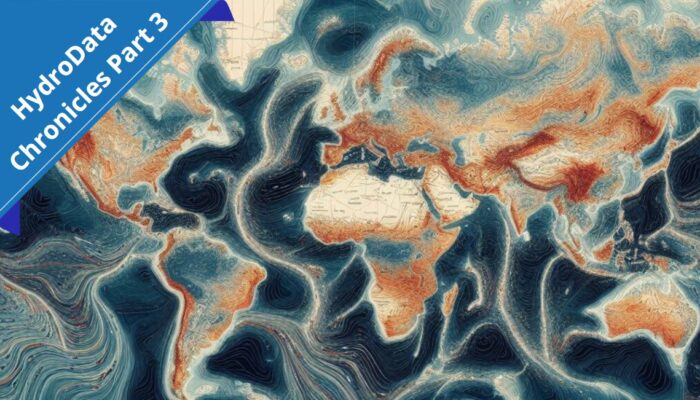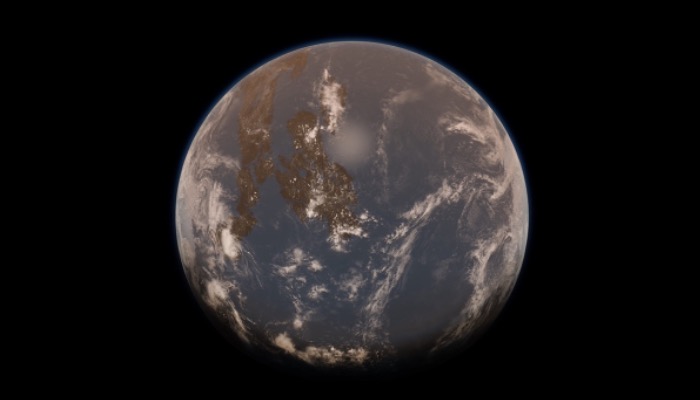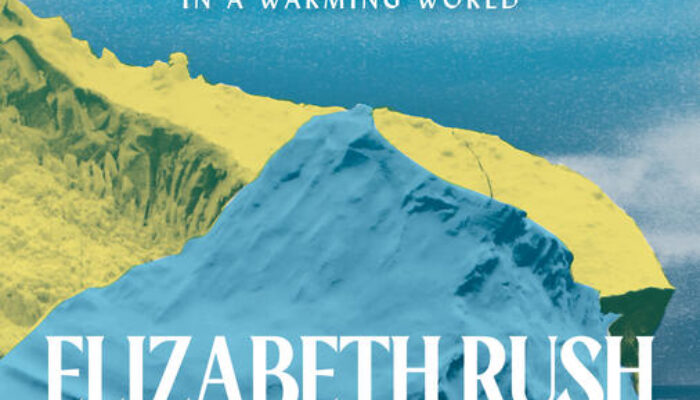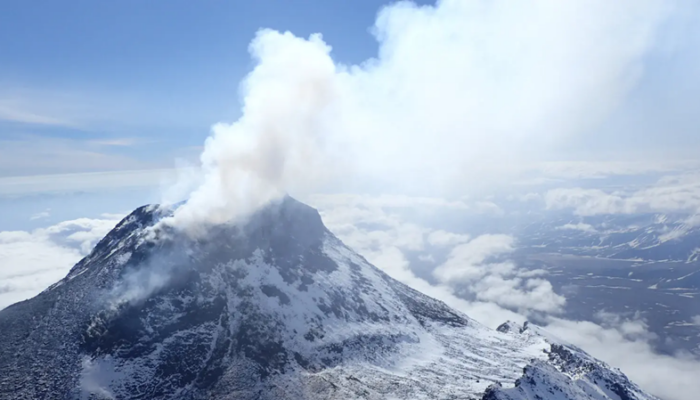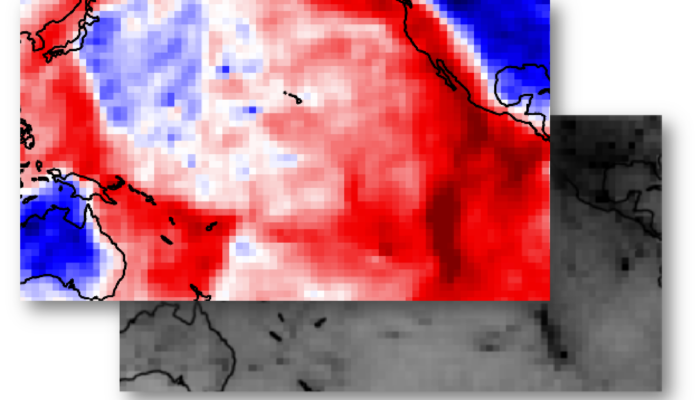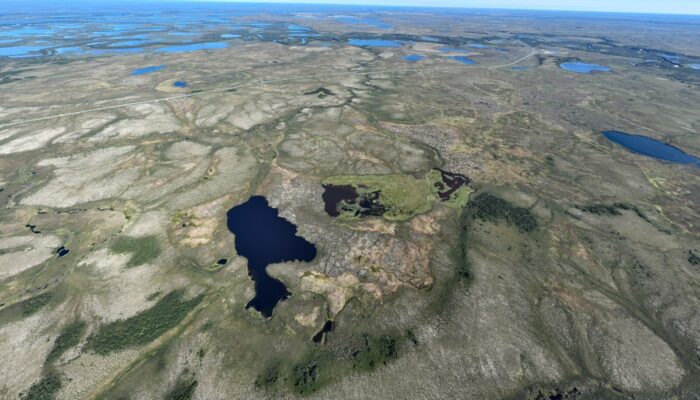The Biogeoscience division team has changed over the last year, and in this blog post, we are delighted to introduce our new team of representatives and describe their roles and research interests so that you can get to know them better. Our division is led by a President and Deputy President, supported by two Early Career Scientist Representatives and several sub-division officers who cover vario ...[Read More]
Hydrological Sciences
HydroData Chronicles: Piecing Together Italy’s Hydrological Puzzle with FOCA
Welcome back to the HydroData Chronicles! In our previous post, we explored the innovative pRecipe package developed by Mijael Rodrigo Vargas Godoy and Yannis Markonis in 2023 and its impact on precipitation research. Today, we shift our focus to Italy with the introduction of the Italian FlOod and Catchment Atlas (FOCA) database, introduced in 2023 by Pierluigi Claps, Giulia Evangelista, Daniele ...[Read More]
Geodynamics
An Arctic enigma: Can a single plume explain a massive and long-lived ancient volcanic eruption?
Across the Arctic lies evidence for a massive past volcanic event, called the High Arctic Large Igneous Province (HALIP). This ancient volcanic event is particularly unusual in that it appears to have lasted for over 50 million years. Could a single deep-seated mantle plume cause such wide-spread and long-lived volcanism? In a recent study published in the journal G-cubed (Heyn et al., 2024 ...[Read More]
Cryospheric Sciences
Women of Cryo VII: Making Fieldwork More Inclusive
Women make up 50.8% of the world’s population, yet fewer than 30% of the world’s researchers are women. Of this percentage, women of colour comprise around 5%, with less than 1% represented in geoscience faculty positions. Women are published less, paid less, and do not progress as far in their careers as men. Even within our EGU community, women account for only one third of all members, and make ...[Read More]
Hydrological Sciences
How to Convene an EGU Session in Hydrology
Have you ever thought about convening an EGU session instead of just attending them? Until September 9th you have the chance to do just that for the 2025 General Assembly, which will be taking place from April 27 to May 2 in Vienna, Austria. Convening a session can sound a bit intimidating, especially if you’ve never done it before or if you are an early career scientist. However, it’s an i ...[Read More]
Geodynamics
Modeling the Early Earth: Idealization and its Aims I
The question of how we came to be is closely tied with how the Earth became what it now is. What was the early Earth like? How did it evolve to become a habitable world? Given a fragmentary rock record, how can we investigate the early Earth and its evolution? Dr. Junjie Dong from Caltech writes about modeling the early Earth in a two-part blog. For the first part, he introduces the approach to e ...[Read More]
Cryospheric Sciences
Cryobook review: The Quickening
Even before its publication, my partner stumbled over the book The Quickening by Elizabeth Rush on Twitter and send it to me. In this book, Rush describes her journey to Thwaites Glacier and – as I was very curious about it – I bought it immediately after its release. It is not only documentary work about the journey, but also a meditation on responsibility, motherhood and life in a world of chang ...[Read More]
Geochemistry, Mineralogy, Petrology & Volcanology
Volcanism, anthropogenic carbon dioxide emissions, and mass extinctions
Only a very small fraction of the energy produced by nuclear fusion in the Sun (3.82 x 1023 kW) reaches the top of the Earth’s atmosphere (1.7 x 1014 kW), and then only about 50% of it reaches the Earth surface, where it is absorbed by the oceans and land. This energy is radiated back as longwave infrared radiation, which is partially absorbed and after reradiated downward to the surface by the gr ...[Read More]
Geodynamics
The uncertain tomographic lenses
Geodynamicists often try to answer scientific questions related to the Earth interior, but direct observations of such depths are rather limited–unless you are character in a Jules Verne’s novel or a prominent scientist in the movie The Core–. A way to deal with this issue is to rely on indirect methods, with seismic tomography being one of the most widely used by geoscientists. Howeve ...[Read More]
Cryospheric Sciences
Climate Change & Cryosphere – Can the smallest ice make the greatest impact?
The cryosphere comprises all the ice on Earth, from glaciers in Antarctica, icebergs floating in the ocean, to millimetric ice found in the soils. Soil can hold ice wedges and ice lenses, but there are small ice reservoirs that are usually overlooked: the pore ice. Pore ice is an unknown compartment whose role regarding matter degradation is yet to be determined… stay with us and you will see that ...[Read More]


